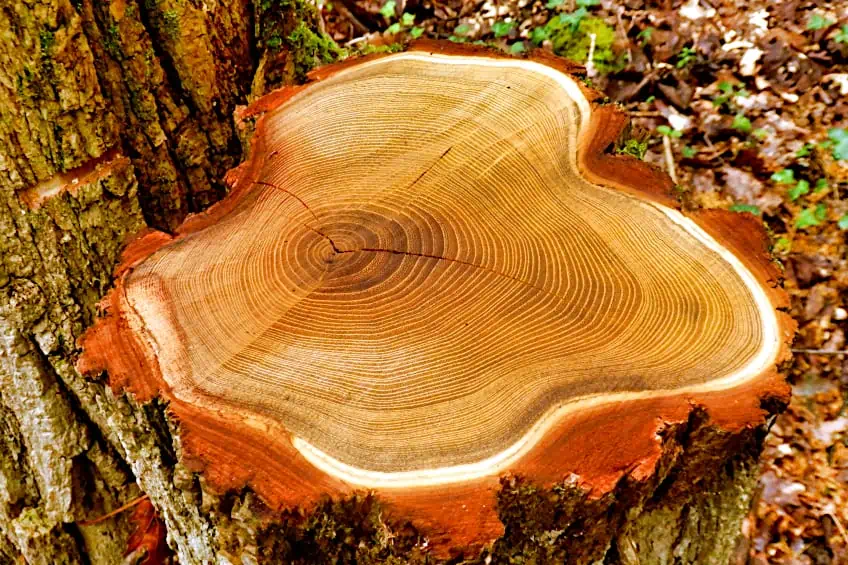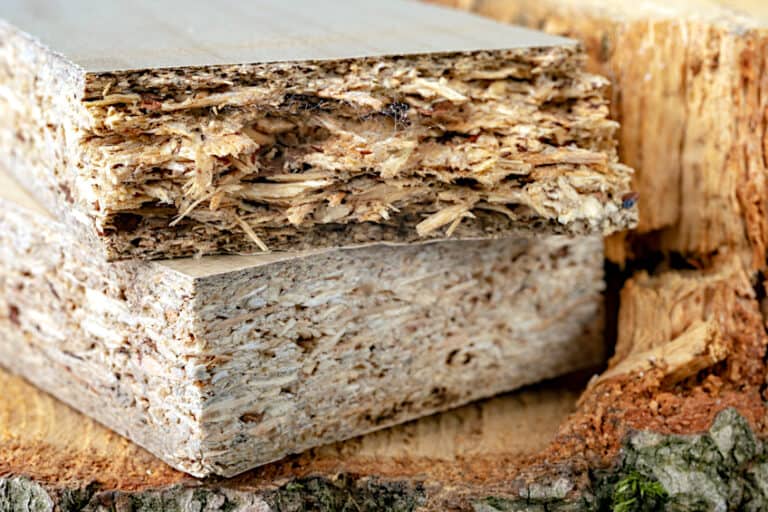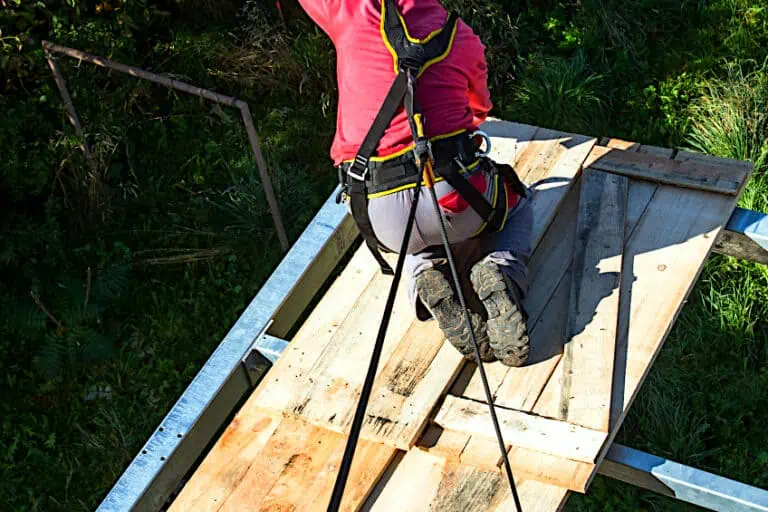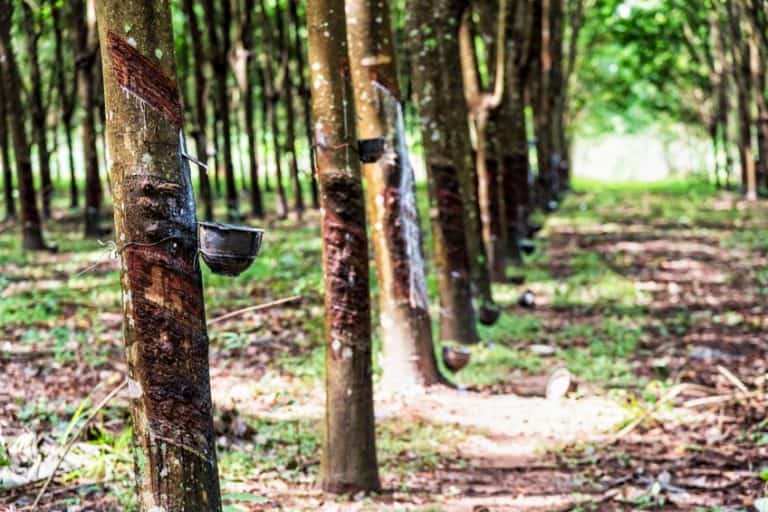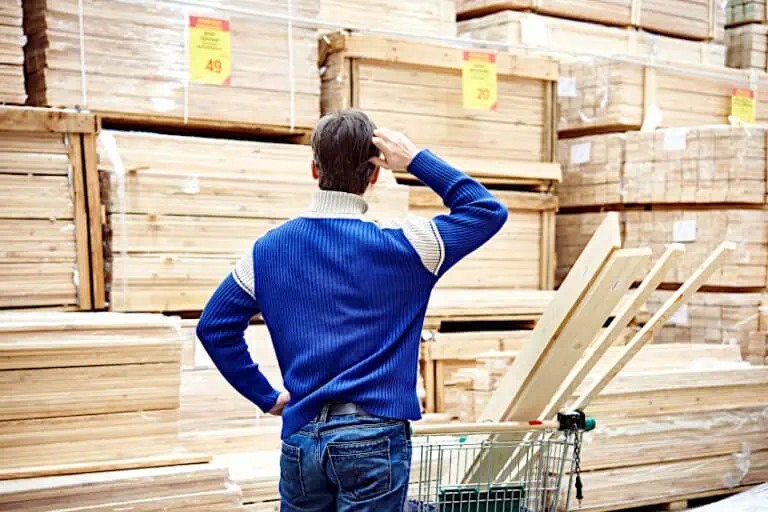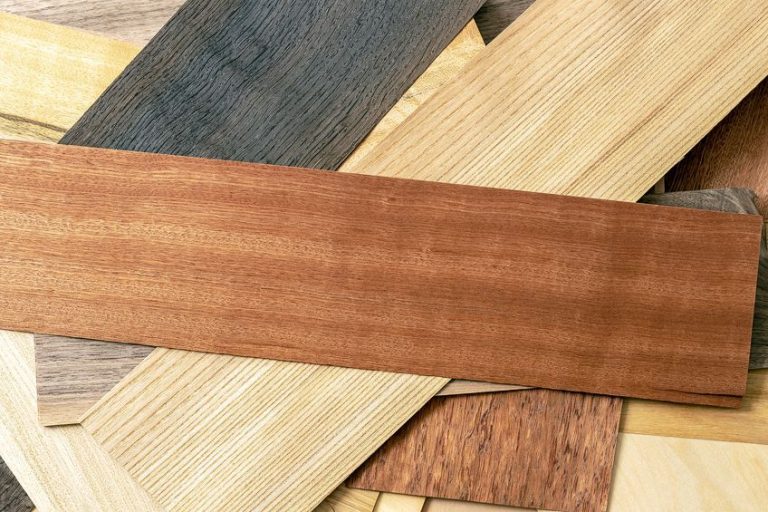Acacia Wood – How to Use and Care for Acacia Wood
There are loads of wood species for us to choose from these days, thanks to how quickly we’re able to transport things from one end of the world to the other. But some local woods remain a favorite among DIY enthusiasts and professional woodworkers alike. One of these favorites is timber derived from the acacia tree. What makes this wood so special and why can people seem to get enough of it? Below we explore what acacia wood is, where it comes from, what it’s used for, and what makes it so unique and desirable to those in the woodworking trade. Remember that different types of wood have wildly differing characteristics, and the type of wood you choose should always suit the task at hand, or you risk creating even more work for yourself than is necessary.
What Is Acacia Wood?
What is acacia wood? As we mentioned previously, out of all the multi-purpose woods on the market acacia wood is one of the most popular out there, but it’s not due to pricing or that it’s abundant. In fact, there are more than a few reasons why acacia wood is one of the most celebrated woods in the crafting, woodwork, and even the construction industry. What is acacia wood and why is it so popular then?
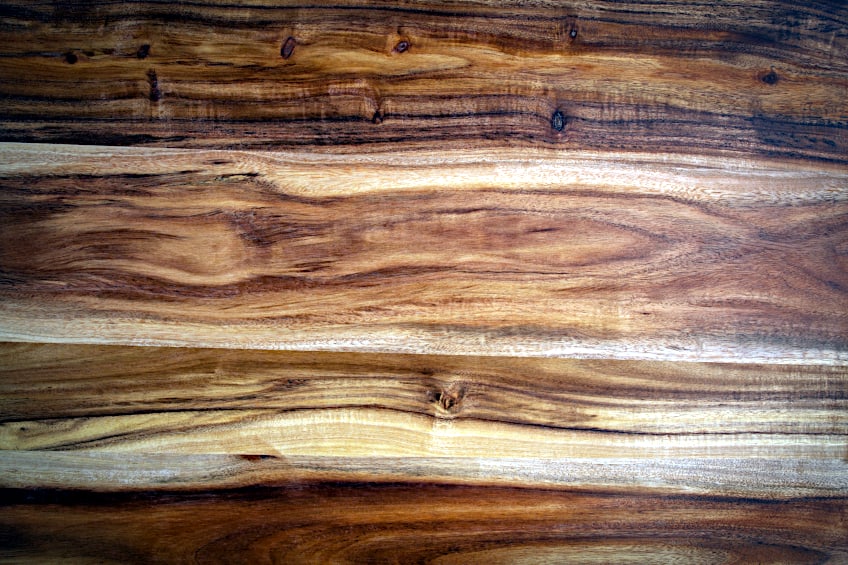
Well, it can grow pretty much anywhere as long as the climate is somewhat tropical and/or if the soil supports the growth cycle of the acacia tree. Acacia trees have the ability to grow up to 30 feet in height and they do so pretty quickly too, so quickly that acacia trees are actually classified as fast-growing plants. These trees are also great for combatting the effects of climate change as they absorb and store lots of greenhouse gases in the environments where they’re situated.
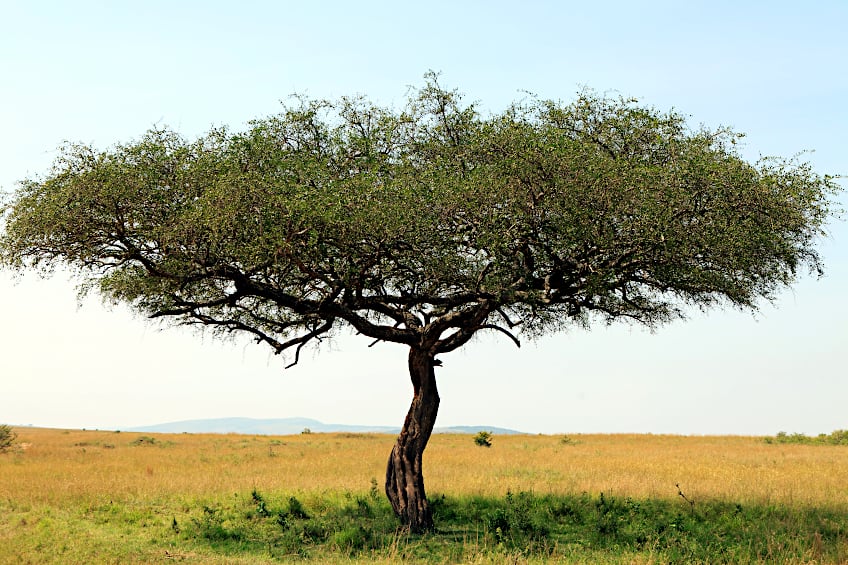
Where does acacia wood come from? Acacia trees are actually native to Australia, but these days they can be found all over the world in places like Africa, the pacific islands, Asia, and right here in the United States. Different variations of this tree species possess different characteristics, but there are certain characteristics that are consistent across all three species.
Australian Aboriginals used acacia wood for a number of applications because it was/is quite an abundant resource in the region. What exactly did they use it for you ask? Well, acacia seeds can be ground into a paste for medicinal purposes, and the bark can be used to tan leather hide, and in some instances, if the acacia wood grain is dense enough, the board can be used to create structures and even weapons!
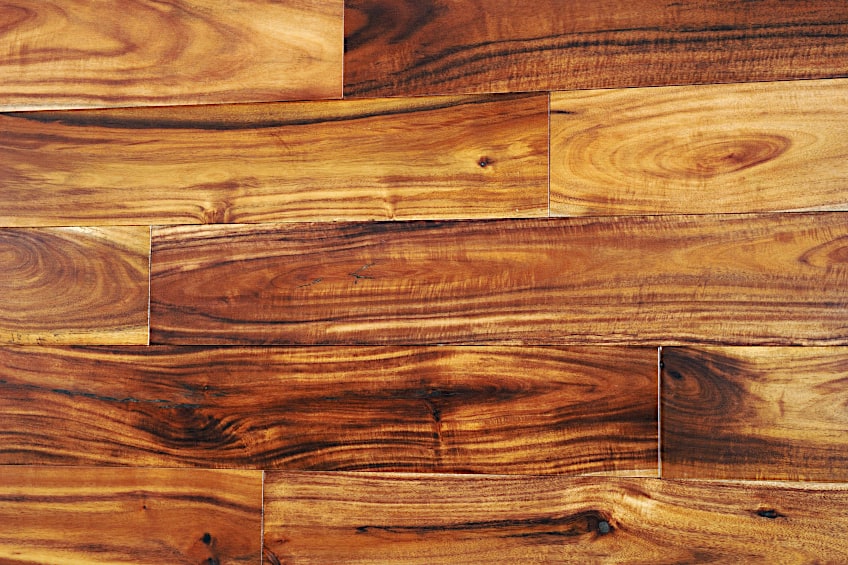
Acacia wood also has quite a unique grain pattern which makes it instantly recognizable if a furnishing has been made using the untreated wood board. Two of the primary qualities of this wood type are that it is highly resistant to the effects of moisture and is extremely durable compared to other woods in its class and price range, which makes it sort of an all-rounder when it comes to where and how it can be applied.
What Are the Disadvantages of Acacia Wood?
Now that we know what makes acacia a good wood, let’s have a look at some of the drawbacks of this wood species. Like all wood materials, acacia wood isn’t perfect and has some noticeable disadvantages to it as well. One of the more notable disadvantages of this wood type is that it doesn’t do well when exposed to harsh temperature changes, particularly when temperatures are higher than usual. Acacia tends to split and crack when temperatures soar, so it’s best to use this wood in environments within stable and/predictable climates.

In addition to disliking high temperatures, acacia wood tends to absorb lots of moisture when the temperature drops below a certain point. This means that the wood swells up, which can also result in some cracking, splitting, or a complete oversaturation of grain which could lead to structural collapse on a cellular level.
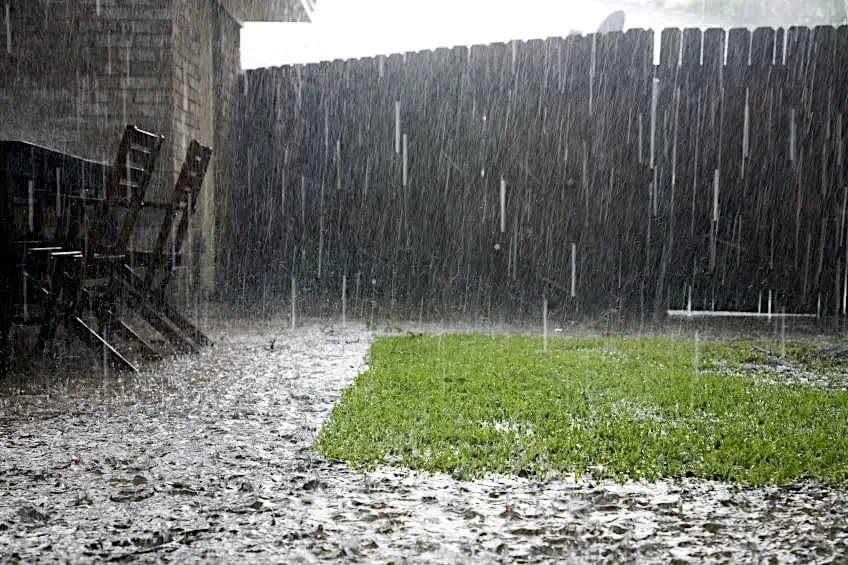
All of this means that you’ll have to do fairly regular maintenance on any acacia wood furniture, and we don’t mean the odd dusting either. Acacia surfaces need to be wiped down with warm soapy water as alcohol or ammonia-based cleaning products will cause a significant loss of moisture in the wood’s fibers, resulting in cracks and splits. This also means that sealing acacia timber is a must, using natural oils like Tung and linseed is highly advantageous as pure variants of the aforementioned oils will ensure that no additives are absorbed into the acacia timber fibers.
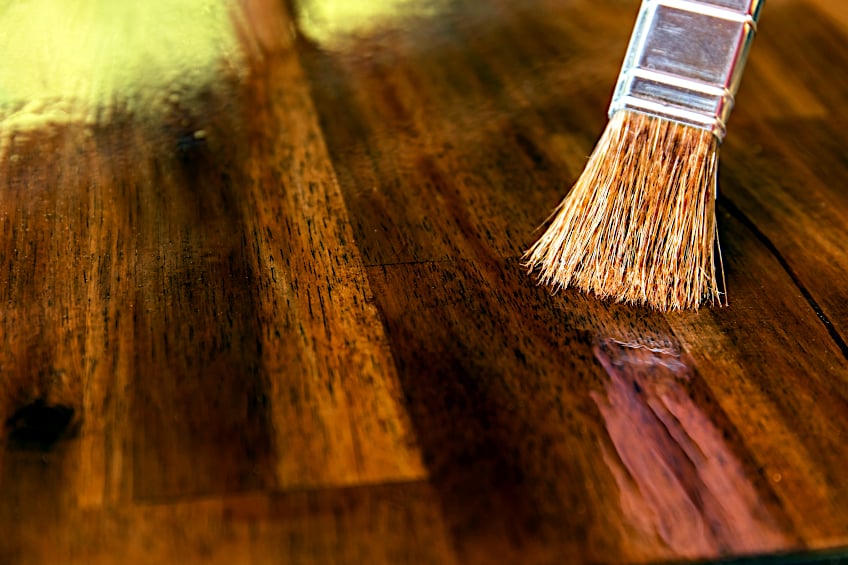
Although acacia is often praised for its unique grain patterns this can also be a disadvantage depending on your perspective. From an aesthetic perspective, unique and intricate grain structures create an air of exclusivity, but on the other hand, it can make acacia wood challenging to integrate into existing workpieces that have been constructed with primarily straight-grained wood.
Acacia timber also happens to be pretty knotty, which means that not only can it be challenging to cut, but if you were to put stress on a board with a knot present (either internally or on the wood’s surface), you risk that board breaking under stress. This is because knotted boards tend to be weaker around the area housing said knot, which makes some acacia boards unfit for load-bearing applications.
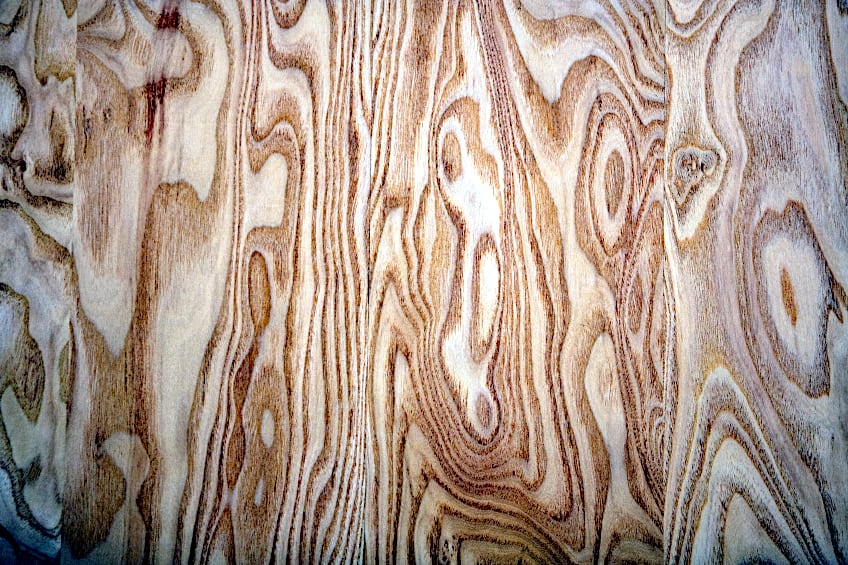
While these are disadvantages relating to the limits of acacia wood’s applications, there are some more characteristics to consider before you go off and purchase a truckload for your next project. Acacia wood is really heavy, we’re talking heavier than oak wood thanks to its monumental density. This means that acacia is not only heavy but it’s really hard too, in fact, acacia measures at roughly 2300 on the Janka hardness scale, making it literally twice as hard as maple wood.

Finally, acacia wood might be reasonably priced if you’re purchasing it in bulk, but for the odd wood board, it can get quite expensive, depending on availability in your region and the time of year. For example, if you were to import some black acacia wood from Australia it could cost you over $10,00 per foot. This makes black acacia wood significantly more expensive than nearly any local hardwood.

Pros and Cons of Acacia Wood Summary
To summarize, acacia wood is definitely a good wood to keep around for decorative applications, but it can be challenging to work with and expensive depending on your budget. Is it worth it though? We’ve laid out all of the pros and cons related to acacia wood so you can decide whether it’s worth using for your next big project.
- Versatile
- Easy to use
- Unique grain pattern
- Extremely durable
- Densely grained heartwood
- Exclusive
- Objectively good aesthetic
- Absorbs greenhouse gasses
- Resistant to moisture under ideal conditions
- Requires constant maintenance
- Specific maintenance techniques
- Crack/splits under extreme temperatures (both hot and cold)
- Extremely heavy
- Can be challenging to integrate into existing workpieces
- Wood can be knotty making it structurally inconsistent
- Extremely expensive compared to other hardwoods
- Can be challenging to cut and plane
History of the Acacia Tree
There are literally hundreds of acacia species and even more subspecies located in different regions all over the world. These trees all look different and have different properties which are attributed to the environment in which they have been forced to survive. This means that you’ll always have a variety to choose from, but it also means that you should be aware of the qualities of the specific wood you’re using.
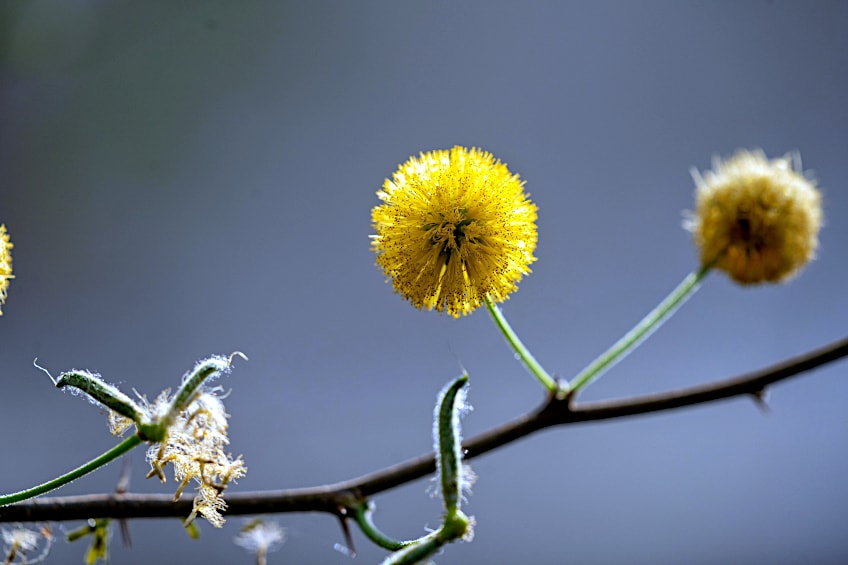
The term acacia actually covers a bunch of trees and shrub life native to Australia. While acacia covers the genus of the tree species it spans the Fabaceae family and even further to the subfamily of Mimosoideae. Most of the 1300 known species are native to Australia; they can be found all over the world including South America, Africa, Asia, and Europe.
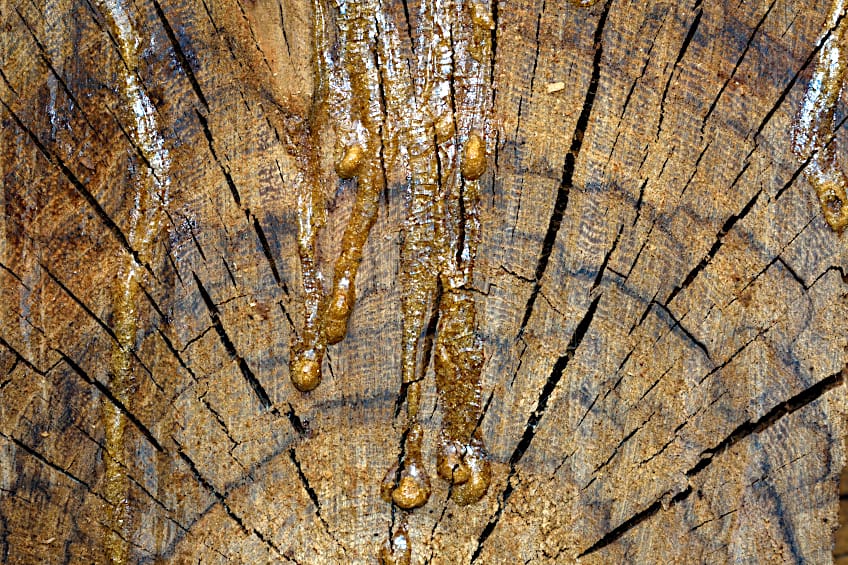
Besides having a really hard heartwood, acacia species tend to grow really quickly and are extremely durable due to their ability to adapt their root system to even the most barren soil. In fact, some species have been known to adapt from relatively moisture-rich environments to environments like deserts which require a far deeper reaching root system.
Another noticeable feature of the acacia species is that, unlike other hardwood trees, they don’t really develop leaves. Instead, they develop what is known as petioles which are part of a plant that branch off from the stem. Usually, these develop leaves, but in the case of the acacia plant, they develop from leaves into these little extensions to facilitate further growth and of course, drop seeds.
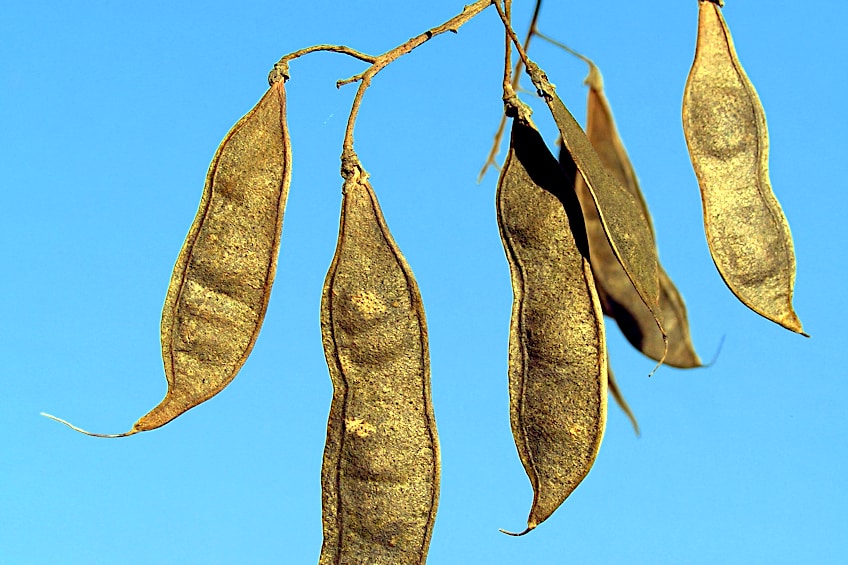
Not interested in the genealogy of these trees? How about psychedelics then? The flowers and their subsequent pods of some acacia species contain a psychoactive substance that has come to be known as DMT. Consumption of this substance can lead to an incredibly intense but short high, which aboriginals have used for spiritual purposes for generations.
This being said, bush fires are pretty common in the Australian outback, and when these occur it’s also pretty common for some of these acacia trees to catch fire, causing these seeds to burn, releasing the DMT in smoke from around the immediate area. Accidental inhalation can lead to distress, but virtually no harm mentally or physically, according to researchers.

Acacia bushes in particular can also be pretty prickly. This is a defense mechanism they have developed over time to discourage predators from eating them. Encountering these can be painful, but the strings do not have any long-lasting effects the same way the nettle plants do. As you can see, acacia species are fascinating, versatile plant life that goes far beyond simply making neat furniture.
Below, we’ve created a list of the most common acacia species and their given botanical names.
| Species Of Acacia | Botanical Name |
| Acacia Koa | Acacia Koa |
| Creeping Wattle | Acacia saligna |
| Box Leaf Wattle | Acacia buxifolia |
| Coastal Wattle | Acacia longifolia |
| Flax-Leaf Wattle | Acacia linifolia |
| Green Wattle | Acacia decurrens |
| Juniper Wattle | Acacia ulicifolia |
| Kangaroo Thorn | Acacia paradoxa |
| Late Flowering Black Wattle | Acacia concurrens |
| Lightwood | Acacia implexa |
| Myrtle Wattle | Acacia myrtifolia |
| Ovens Wattle | Acacia pravissima |
| Prickly Moses | Acacia verticillata |
| Prostrate Acacia | Acacia redolens |
| Red-Leaf Wattle | Acacia rubida |
| Silver Wattle | Acacia dealbata |
| Snowy River Wattle | Acacia boormanii |
| Spreading Wattle | Acacia genistifolia |
| Spike Wattle | Acacia oxycedrus |
| Stiff Leaf Wattle | Acacia obtusifolia |
| Sweet Wattle | Acacia suaveolens |
| True Mulga | Acacia aneura |
| Weeping Myall | Acacia pendula |
What Is Acacia Wood Used For?
Considering how popular acacia wood is it should come as no surprise that it has quite a few uses that span more than a few industries around the world. This being said, let’s have a look at a few of the most popular things that are made using acacia wood as well as why these workpieces in particular benefit from being made from this wood type.
Acacia Furniture
As we mentioned previously acacia wood is pretty strong and as a result, it tends to be used for various loadbearing applications such as furniture manufacturing. The density of acacia wood means that it will not bend or break easily, which means it can support loads for extended periods of time (although we wouldn’t recommend jumping on it).
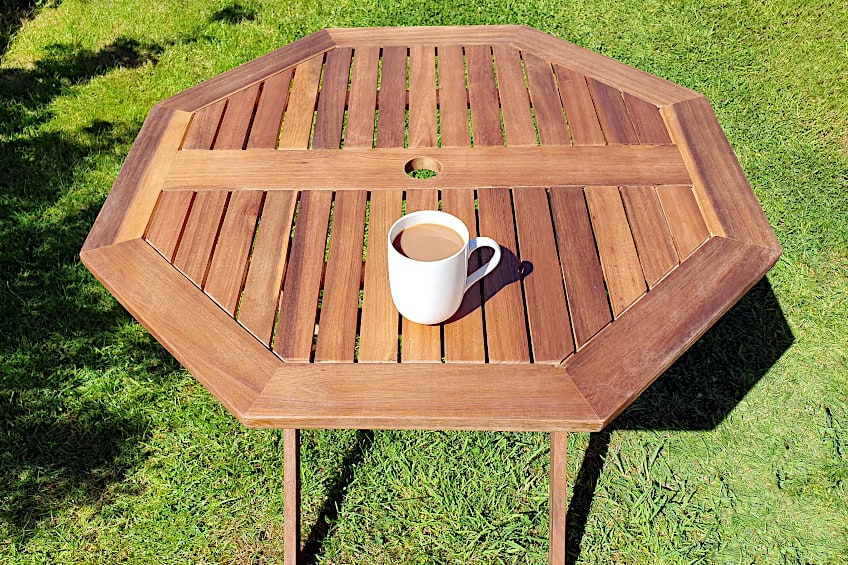
This wood type is an excellent choice if you’re looking to make things like Livingroom tables, sofas, dining room chairs, bedside tables, or even entire entertainment units for your home or office. Acacia trees also grow pretty tall which means they’re the ideal wood species for crafters looking to make long, solid pieces of furniture.
If you’re hoping to make furniture using this wood type on your own, you should do your best to get the wood as fresh as possible. Why? Acacia tends to dry out over time and is most pliable when it still has some of its natural oils present. Cutting dried acacia wood can be tricky due to its knotty, uniquely grained nature.
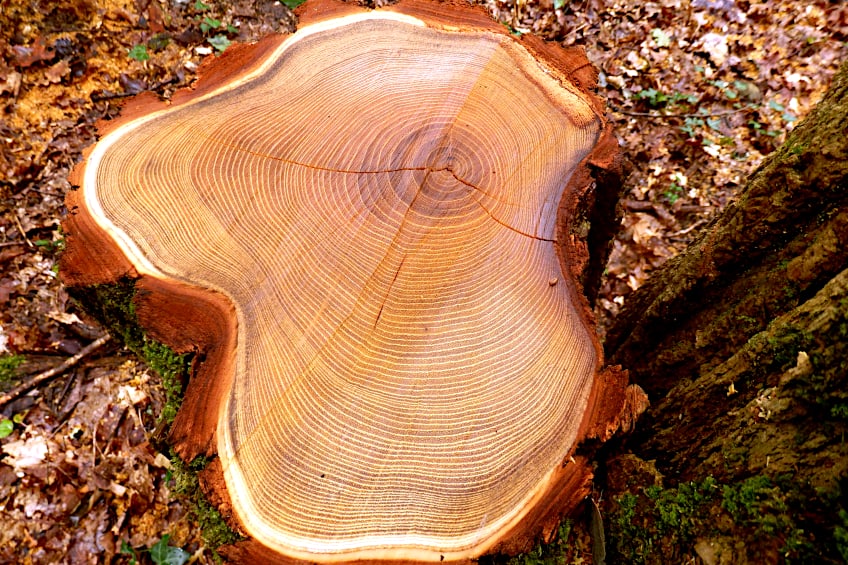
Acacia Flooring
If you’re looking to install some hardwood flooring and don’t really want to go with the usual redwood or oak choice, why not consider acacia? Loads of people all over the world have unique and sturdy solid wood floors made of this incredible material, and if you’d really like to set your acacia wood flooring apart why not try out a wood treatment oil or vanish to really highlight those incredible grain patterns.
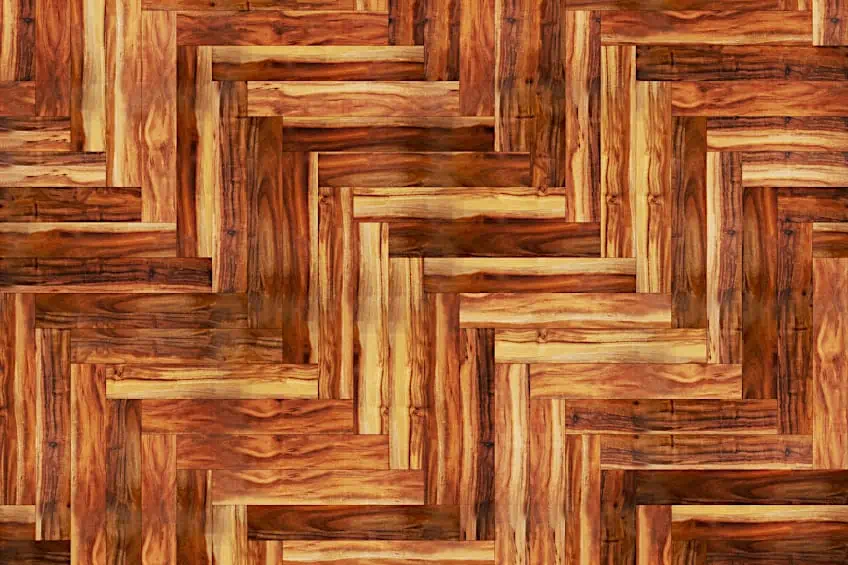
We mentioned previously that acacia does a pretty good job of dispelling moisture from its surface, which makes it the ideal flooring option for kitchens and/or bathrooms. We do recommend sealing your wooden flooring as this helps you cut down on maintenance while ensuring that your surface Is protected from the effects of things like impact and abrasion over its lifetime.
If you’re concerned about the potential risk of rot, mold, and/or insect infestation you shouldn’t be. Even if you choose to keep the surface of your acacia flooring untreated, this wood species is naturally resistant to the effects of moisture saturation, and its grain is so dense that the risk of termite or other insects ruining your flooring is negligent at best.
Acacia Interior Trim
Acacia wood grain is pretty dense, which means it is hard and heavy. This means that for any application in which a durable hardwood species is needed, acacia can probably get the job done well and look really good while doing it. Acacia is often chosen to finish off interior spaces because of how versatile it is, in addition to the sheer variety of acacia species you have available to you.
You probably know by now that acacia wood has a really unique grain pattern, and because no two trees have the same grain you can create dozens of completely one-off workpieces with just a few is boards. Permanent well-maintained installations in your home can actually increase its value, so if you decide to use acacia for interior trim ensure that you keep your eye on it over time.
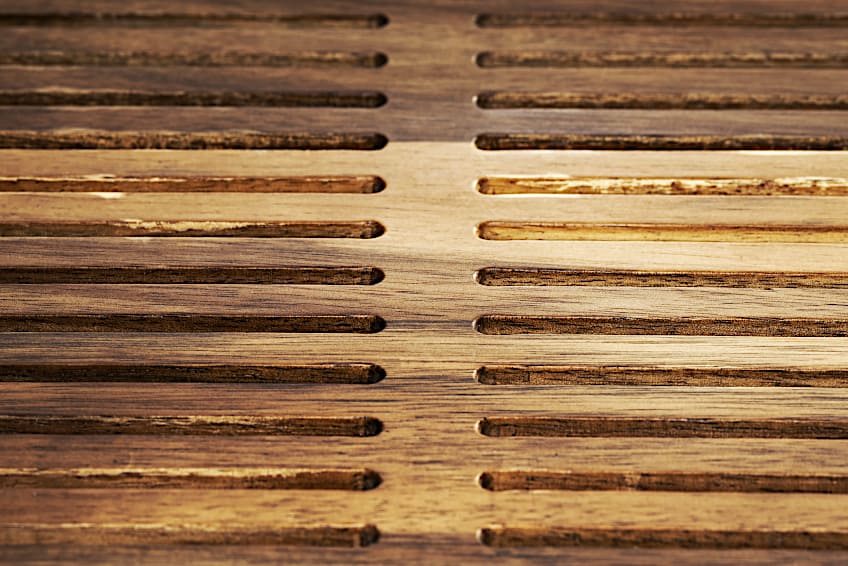
Acacia trimmings are hard-wearing and waterproof just like acacia flooring, which means they work great in highly trafficked areas of the home such as the railings of staircases, mantlepiece tops, door frames, wall runners, and even bed frames! Acacia wood can also be stained with some effort if the natural tone doesn’t match the overall aesthetic of the space you’d like to incorporate it into.
Acacia Kitchenware
With the advent of e-commerce and on-demand delivery, it seems that manufacturers these days tend to focus on quantity instead of quality when it comes to kitchenware. If you’re in the mood to make your kitchen utensils a bit more personalized than simply buying one from Amazon, why not consider making some of them yourself using some acacia?
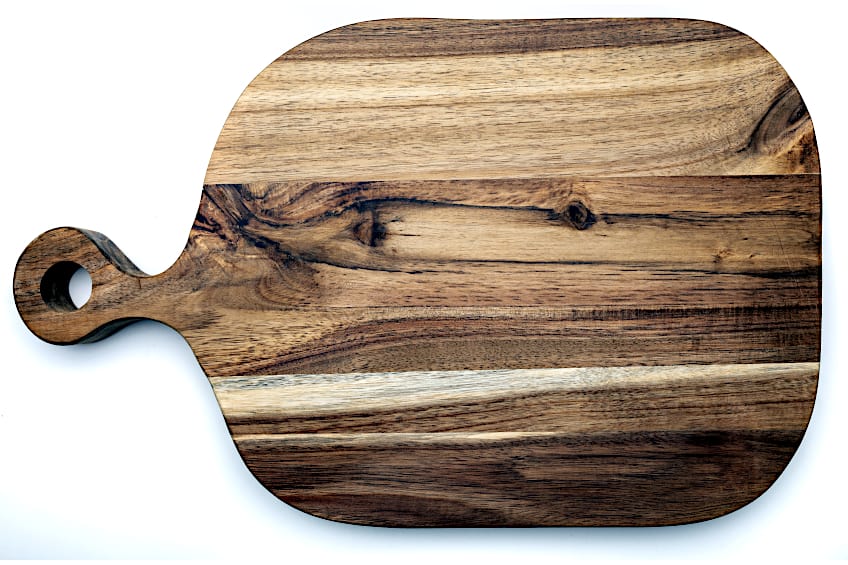
Even if you choose not to make them yourself, acacia kitchenware is extremely durable and adds a somewhat rustic aesthetic to your coking space even if they’re brand new. Acacia can be used to create ornate bowls, salad tossing forks, cutting boards for preparing food, or even cheese boards if you’re into the odd wine and cheese night.
Using raw wood from an acacia tree makes for visually stunning practical workpieces that are sure to last you and your family a lifetime. However, if you’d like to personalize your acacia kitchenware you could try out a healthy coat of epoxy resin which won’t only make your cutting boards and bowls look incredible but will ensure that your acacia wood is protected without obscuring its unique grain.
Acacia Seafaring Vessels
Besides things for your home, acacia wood is also great for making things that you can use which isn’t surprising considering that it has the inherent ability to avoid the effects of moisture and rot. This is why it’s commonly used to make things like surfboards and small fishing boats in areas where there are small fishing villages and surfing communities.
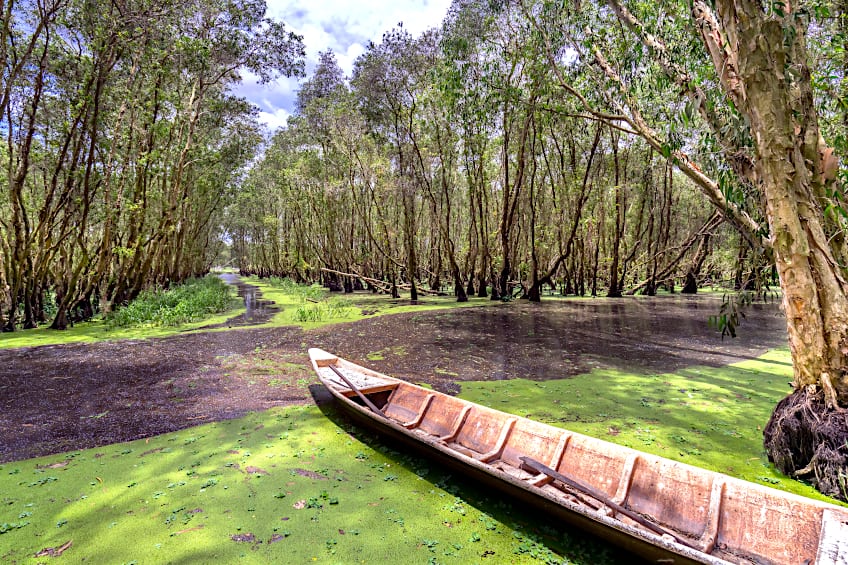
These communities have often developed techniques to cultivate and shape this wood species into usable tools, vessels, cooking and eating utensils, and even weapons in some instances. These practices are a common sight in Hawaii where acacia has been used for generations to make life easier, while still maintaining natural equilibrium with the surrounding ecosystem, which is pretty cool if you ask us.
Acacia Medicinal Applications
Like all hardwoods that are good at repelling the effects of moisture, acacia wood has natural oils embedded in its heartwood that protect it from moisture and insects. These oils can be extracted from the wood and used for medicinal applications too, which means that when an acacia tree is harvested absolutely every part of the tree is used making it an incredibly sustainable resource.
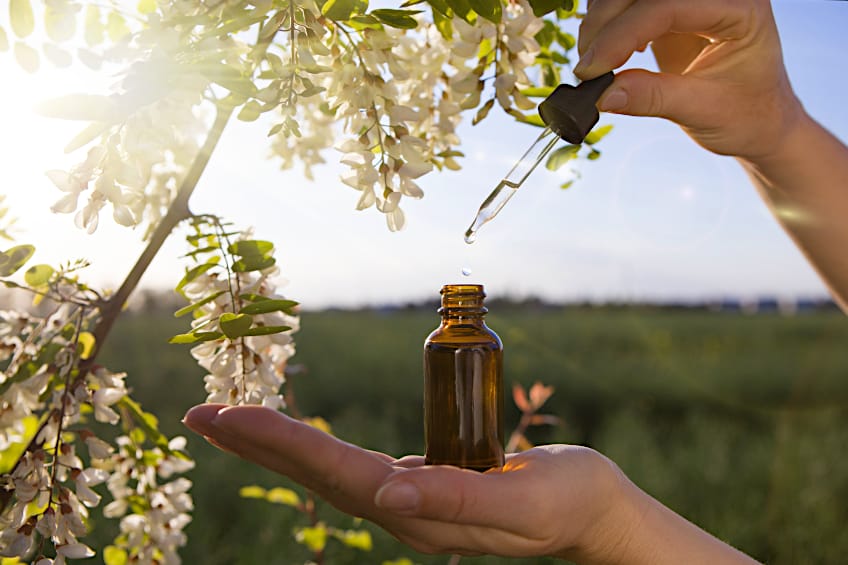
What kind of medicines can you make using the oil from acacia trees you ask? Well, acacia is often used to make topical relief medication to treat things like pain and irritation on the surface of the skin. It’s also used to accelerate the body’s natural healing process and improve the appearance of scar tissue. Acacia extract can also be used in toothpaste to improve your dental health.
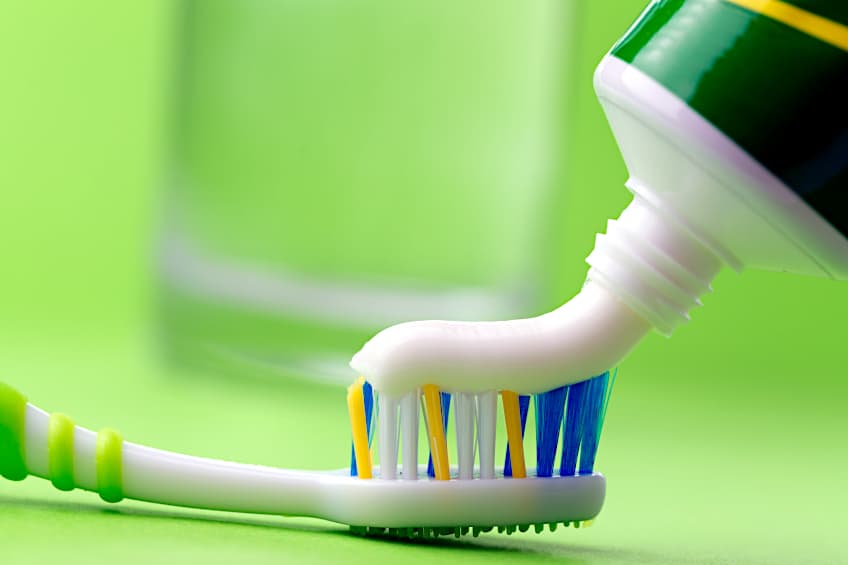
If you’re in the habit of eating fast food because of today’s breakneck lifestyle, you might find that your stomach is upset from time to time. If you’re in the mood for an herbal remedy, acacia gum can be used to up your fiber intake while ensuring that your cholesterol levels are within acceptable margins. More and more applications for acacia oils are being researched every day too.
How to Maintain Your Acacia Furnishings
Now that you know of a few things that can be made using acacia wood, it’s a good idea for you to know how to maintain acacia surfaces. As we mentioned previously, untreated acacia cannot be cleaned with conventional cleaning products and requires regular attention to be kept in a pristine condition. This being said, here are a few things you can do to ensure that your acacia furniture is always in tip-top condition.
Always Wipe Down Surface With Water
You might remember that acacia wood reacts poorly to the presence of alcohol cleaners or any other substance that could dry out its wood fibers. This is why you should always ensure that you clean your acacia wooden surfaces with a clean microfiber cloth. Feel free to add some warm water to it as acacia wood is not affected by the presence of moisture.
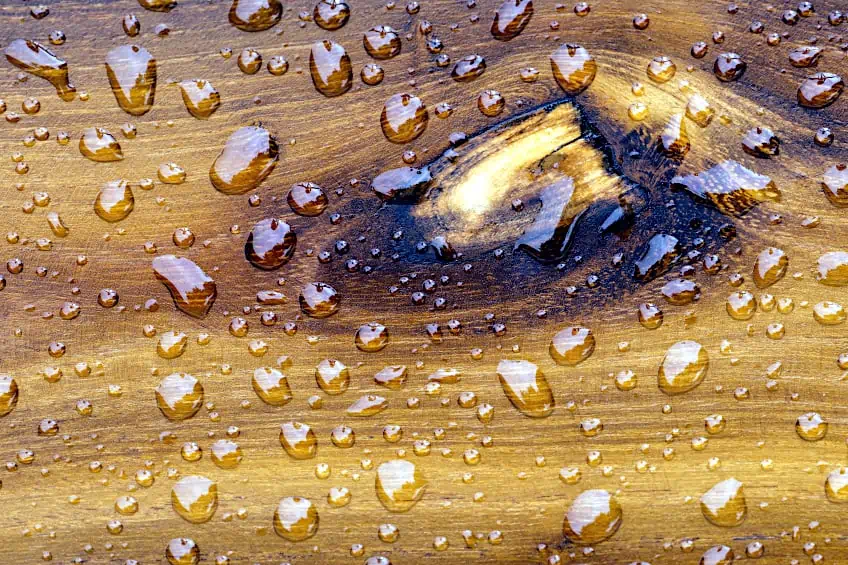
Keep Out of the Presence of Direct Heat
Acacia wood needs to be in a stable climate to maintain its form, so placing acacia furnishings in the path of direct sunlight or an open flame can cause the wood to dry up, split, or crack pretty quickly. Knowing this, it’s pretty safe to say that using acacia furniture for outdoor applications is a pretty bad idea unless it’s been specially treated for exterior use.
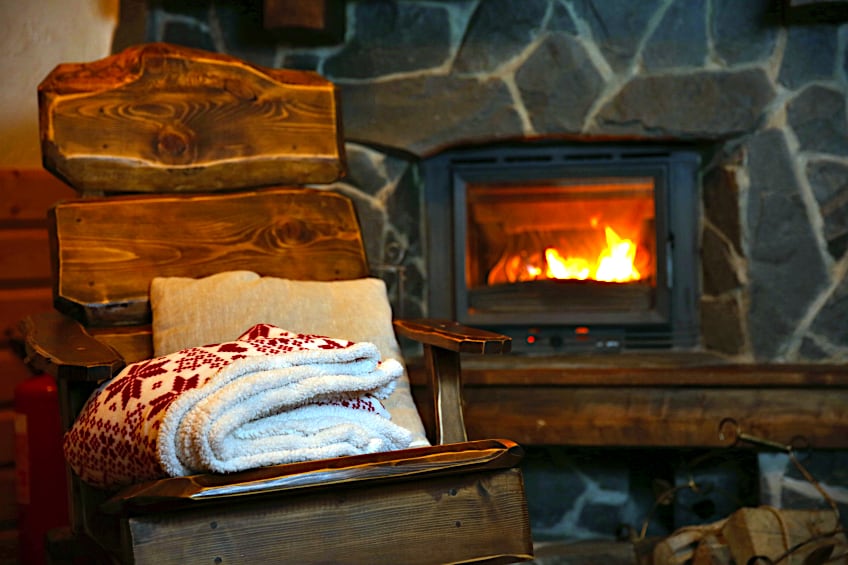
If you are going to be using untreated acacia outdoors it’s best to get a covering to ensure that the surface of the wood does not come into contact with direct sunlight. You’re going to want to go with a material that allows heat to pass through but not direct UV, as this is what ultimately removes the moisture from the wood’s fibers.
Use Coasters as Far as Possible
While it might be a bit of an effort to use coasters every single time you sit down to enjoy a beverage, it will save you some time, effort, and money in the long run if you’re using untreated acacia wood as a dining surface. Why? Raw acacia stains really easily, so coffee and/or wine stains will leave a lasting mark on the wood’s surface.
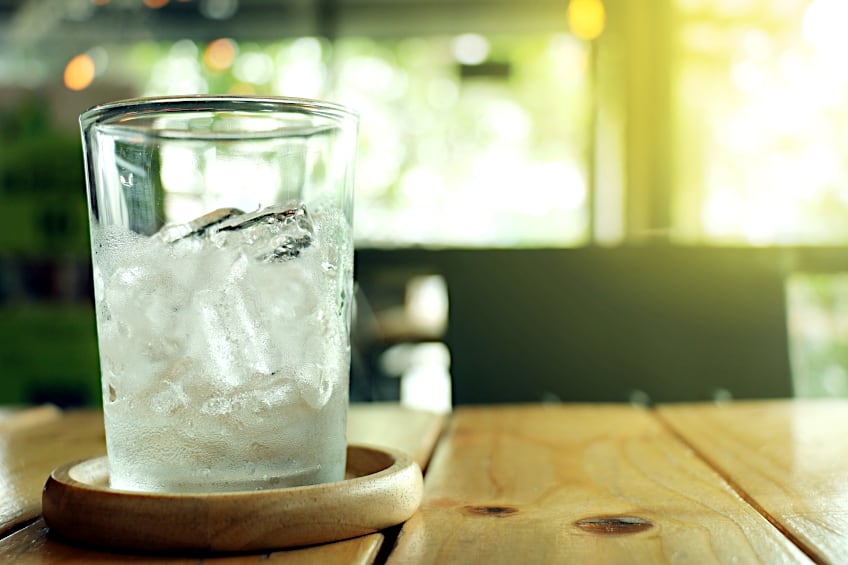
Coasters are pretty cheap, and you even have the option of making your own, although in our opinion you’re better off sealing and/or treating the surface of your acacia workpieces to ensure that no harm comes to them. It can be quite expensive and labor-intensive to resurface acacia wood that has been stained by alcohol or coffee.
Rotate Your Furniture Regularly
While acacia is quite nice to look at, like owning a fancy car it can be a bit challenging to maintain especially if you prefer natural exposed grain. Acacia workpieces need to be rotated if they’re kept in the presence of natural light. This is because acacia tends to darken when exposed to UV light, whether it be ambient or direct.
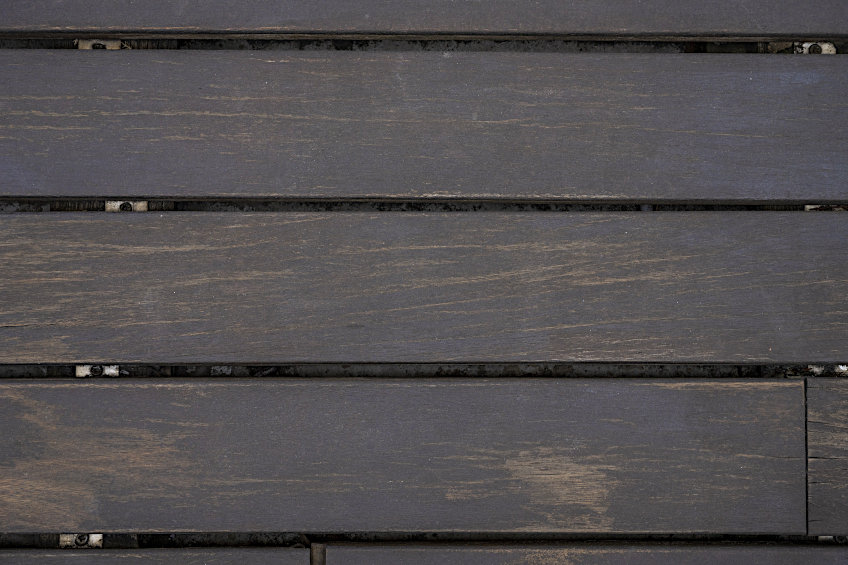
This being said, furniture tends to be static in our homes. However, if you’re dead set on being an acacia owner you should rotate your furnishings regularly to ensure that they do not become unevenly toned over time. Rotating them every few weeks (especially during the summer months) will ensure that you have a nice uniform tone on all your acacia workpieces.
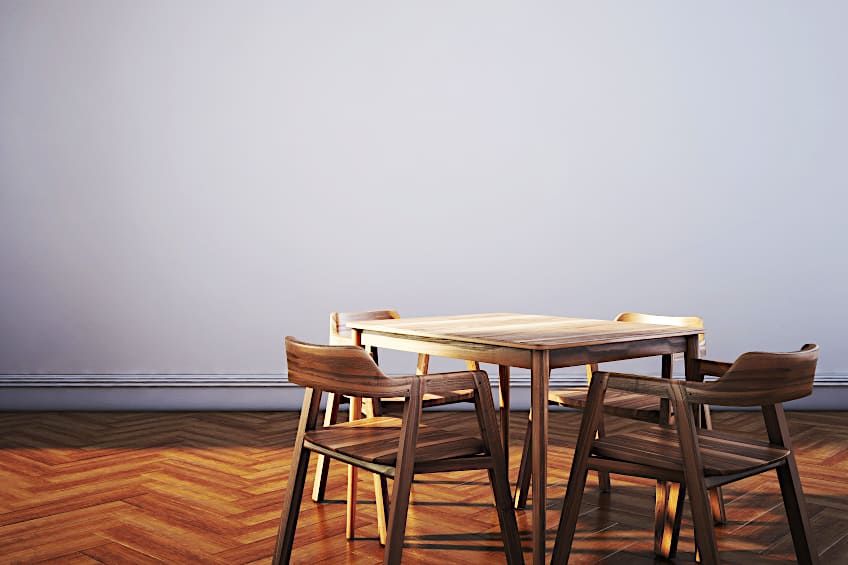
Avoid Rough Cleaning Techniques
By now you know that due to acacia’s density rating is also pretty tough. However, this doesn’t mean that you can go at it with a bunch of steel wool when there’s a really tough stain. Acacia is pretty tough to scratch but with repeated force on a localized area, it will begin to scratch, leaving you with a nasty repair job. To avoid this, it is best to use a clean microfiber cloth when cleaning the surface of your acacia workpieces, and this goes for flooring too.
Do your best to get a soft-bristled broom too to ensure that no scuff marks are left should you be cleaning carelessly one day (we all have those days) and be sure not to use any cleaning products containing silicone or ammonia when working with acacia wood.
How to Work With Acacia Wood
Working with any hardwood is inherently a tough job, and often hand tools just aren’t enough to get the job done. When working acacia in particular you will need a table saw if you’re working with a freshly harvested tree as these trees grow to be extremely tall in size, so the wood boards will be considerably larger than most you find at your local store.
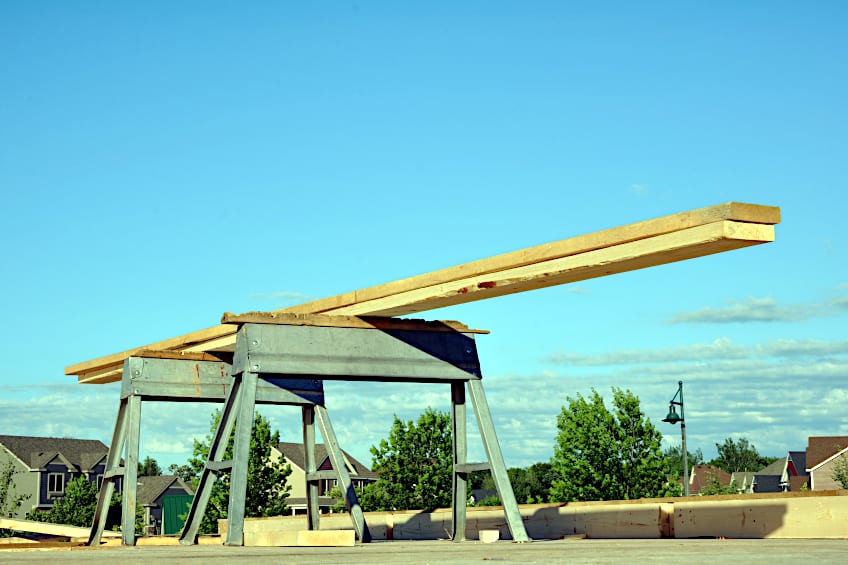
You should also keep in mind that if you’re working with freshly harvested acacia that you’re going to encounter some knots at some point. This is why you should work carefully so as not to damage both your blade and the wood by causing it to jam up. This being said, getting some pre-cut acacia is often best as it reduces the margin for error significantly.
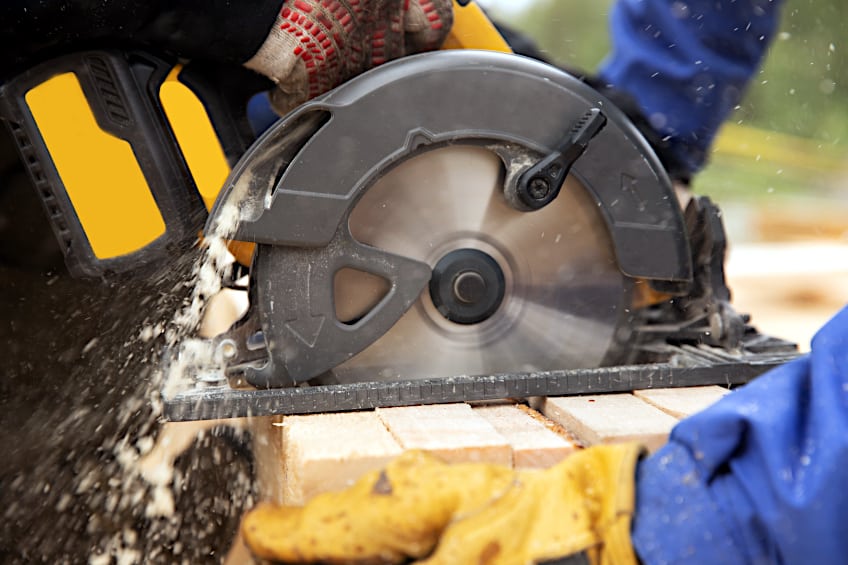
Selecting the right species of acacia for your intended application is also a good idea, as different species of this wood have different characteristics that could affect the end product. These species typically require different treatments and respond to coatings and wood treatment products differently, so do your best to read up on different wood species and which one will suit your workpiece best.
Since acacia is a hardwood, you should prepare to work with some pretty heavy slabs if you’re going to be portioning out yourself. Ensure that you don’t underestimate its weight and that both your workspace and workbench are adequately prepared for the task at hand. This means ensuring that your workbench is capable of managing the weight and that you’re able to manipulate the wood with relative ease.
Now that you know what an acacia tree is, where these trees are grown, what they are used for, how they grow, what characteristics they are prized for, how to work with them, and what some of the common species are called, its time for you to get out there and put your new-found knowledge to the test. Remember to always choose the acacia species that is most applicable to your application by getting to know their species and availability in your region.
Frequently Asked Questions
Where Does Acacia Wood Come From?
Where does acacia wood come from? While 1000 of the 1300 species of acacia are native to Australia, acacia trees can be found all over the world including Asia, Africa, Europe, and South America. These species have often evolved to meet the climate in question.
Is Acacia Wood Hard?
Is acacia wood hard? Considering that acacia wood is classified as a hardwood, it would be a bit strange if it wasn’t at least a little hard. In fact, acacia is one of the densest, heaviest, and therefore hardest wood species on the face of the planet.
Is Acacia Good Wood?
Acacia is one of the most versatile woods out there. It is extremely hard and extremely durable, and it naturally repels water. Objectively, this makes it a good wood, but this does depend on your intended application as these characteristics might not be exactly what you’re looking for.

I have been into woodworking since 2005 and woodturning since 2011. Because of my love for wood and woodworking, I started woodhappen.com to teach other enthusiasts about how to finish and seal wood, the best woodworking tools, the different types of wood, and everything else related to woodworking! Read more about me here.

